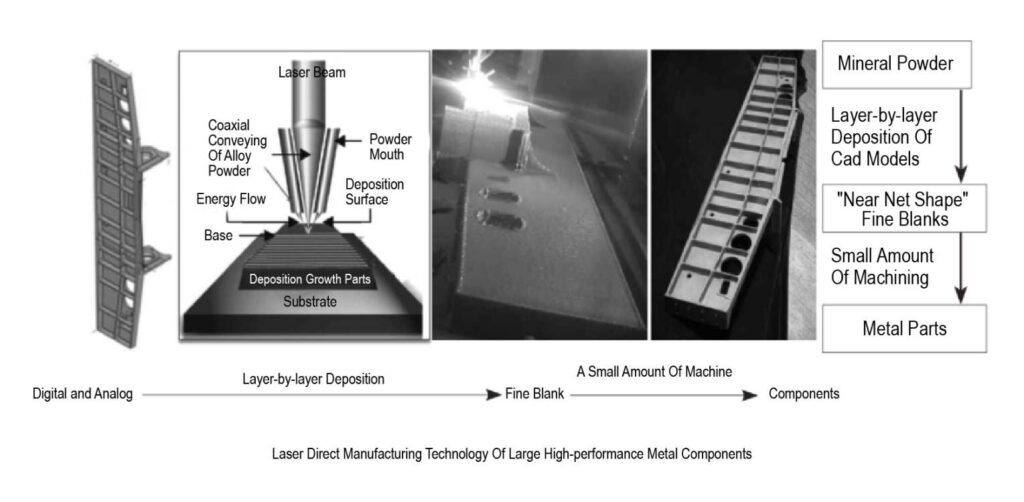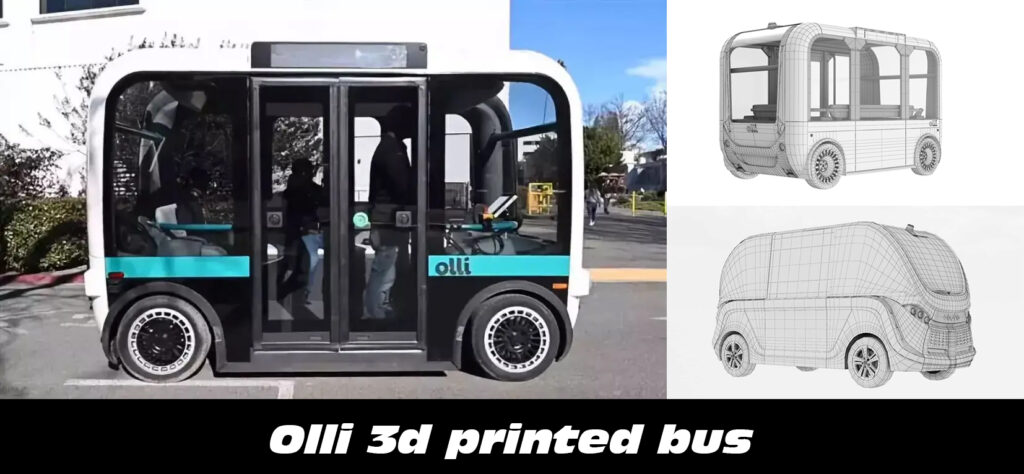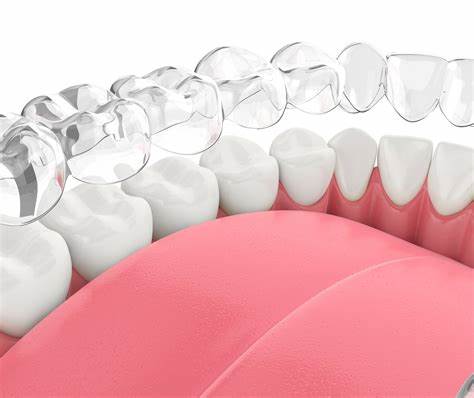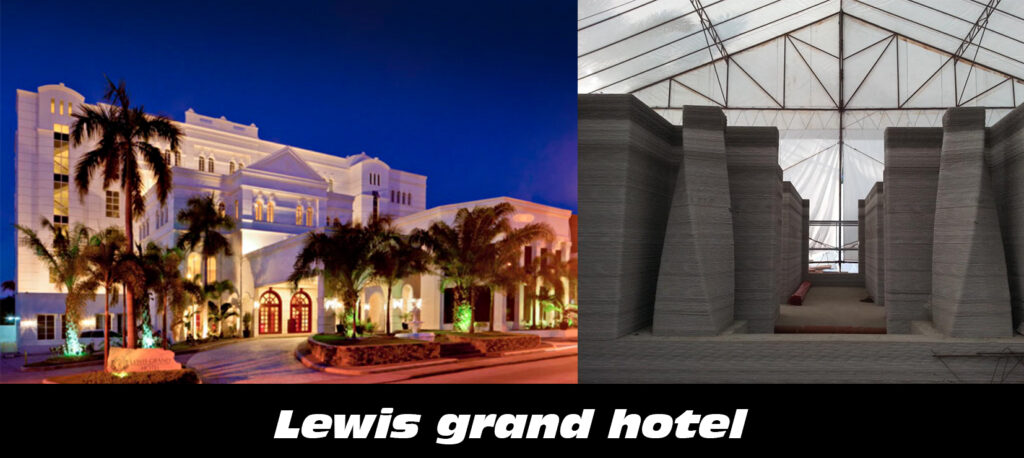Laser additive manufacturing
What is laser additive manufacturing?
Additive Manufacturing (AM), also known as 3D printing, is based on digital model files and integrates multi-disciplinary comprehensive technologies such as computer-aided design, material processing and forming, mechanical manufacturing, and intelligent control. It accumulates special materials layer by layer by extrusion, sintering, melting, light curing, spraying, etc. through software and numerical control system to manufacture three-dimensional structural entities.

According to different materials ,it can be divided into metal additive manufacturing and non-metal additive manufacturing according to different materials; according to different heat sources, it can be divided into laser additive manufacturing, ultrasonic additive manufacturing, electron beam additive manufacturing, plasma additive manufacturing, arc additive manufacturing, etc.; according to different feeding methods, it can be divided into powder feeding/silk additive manufacturing and powder spreading additive manufacturing.
Laser based additive manufacturing applications
Aerospace applications of laser additive manufacturing
Laser additive manufacturing is widely used in the aerospace field. Additive manufacturing (3D printing) technology for large metal components, using laser high-energy beam as heat source, alloy powder or wire as raw material, through high-power high-energy beam in-situ metallurgical melting/rapid solidification layer-by-layer accumulation, directly from the digital model of the part to complete in one step Forming and manufacturing of fully dense, high-performance large and complex metal structural parts. The main advantages of metal additive manufacturing technology are:
- Make the structural design of major equipment more rational, so as to achieve the most ideal temperature control, vibration frequency control, etc., and improve the reliability of the equipment; the optimized structural design improves the utilization rate of raw materials and reduces the weight of metal components.
- It can realize low-cost and rapid manufacturing of super-large/super-complex components or structural systems, multi-variety and small-batch personalized products, greatly improving production efficiency.
- It can realize the arbitrary composite of multi-material to realize different parts of a part to meet different technical requirements, etc.
- High-performance combination of dissimilar materials can be achieved, so that fine structures can be arbitrarily added to parts manufactured by traditional techniques such as casting, forging, and machining, and they have mechanical properties comparable to overall manufacturing. Provides manufacturers with high-efficiency and low-cost manufacturing strategy options.
Applications in the field of auto parts manufacturing
Due to the complex shape of automobile parts and the difficulty of processing and manufacturing, additive manufacturing is applied in the field of automobile parts manufacturing. On June 16, 2016, Local Motors, a 3D printing car company from Arizona, USA, “printed” a 3D printed self-driving electric bus Olli, and part of the car is recyclable.
Applications in the field of biomedicine

With the advancement of technology, traditional biomedical treatment methods and therapeutic devices are also undergoing continuous changes. For example, the integration of additive manufacturing technology into the biomedical field has brought unprecedented changes. At present, 3D printing technology has been applied and developed in dental correction, ankle correction, rapid manufacturing of medical models, tissue and organ replacement, facial modification, and beauty. The modern invisible orthodontic technology pioneered by Align Technology in the United States, using 3D printing to produce Invisalign dental aligners in batches, personalized customization, and freeing patients from the shackles of braces, has been widely used in dental medicine.
Application in the field of construction
Additive manufacturing technology enables architectural designers to bring creative and more artistic works to life. On September 9, 2015, the first 3D printed hotel was inaugurated in the Philippines. In my country, in April 2014, 10 3D printing buildings were successfully completed in Shanghai Zhangjiang High-tech Qingpu Park.
Application in the military field
The characteristics of modern military are not only mechanization and informatization, but also the ability to quickly repair wounds. Additive manufacturing uses 3D printing technology. As long as there is digital data of the model of the part and suitable materials, it can “print” the required material. Parts and tools to complete the restoration of the machine. On December 25, 2015, the USS Truman aircraft carrier was equipped with a 3D printer, which was able to print the damaged special parts on the ship with the 3D printer, which reduced the storage and carrying of vulnerable parts.
Solutions
Melting metal powders in additive manufacturing requires high speed and precision, so high-performance galvo scanning systems are required. SINO-GALVO can provide customization solutions according to customers’ needs.
Laser additive manufacturing
What is laser additive manufacturing?
Additive Manufacturing (AM), also known as 3D printing, is based on digital model files and integrates multi-disciplinary comprehensive technologies such as computer-aided design, material processing and forming, mechanical manufacturing, and intelligent control. It accumulates special materials layer by layer by extrusion, sintering, melting, light curing, spraying, etc. through software and numerical control system to manufacture three-dimensional structural entities.

According to different materials ,it can be divided into metal additive manufacturing and non-metal additive manufacturing according to different materials; according to different heat sources, it can be divided into laser additive manufacturing, ultrasonic additive manufacturing, electron beam additive manufacturing, plasma additive manufacturing, arc additive manufacturing, etc.; according to different feeding methods, it can be divided into powder feeding/silk additive manufacturing and powder spreading additive manufacturing.
Laser based additive manufacturing applications
Aerospace applications of laser additive manufacturing
Laser additive manufacturing is widely used in the aerospace field. Additive manufacturing (3D printing) technology for large metal components, using laser high-energy beam as heat source, alloy powder or wire as raw material, through high-power high-energy beam in-situ metallurgical melting/rapid solidification layer-by-layer accumulation, directly from the digital model of the part to complete in one step Forming and manufacturing of fully dense, high-performance large and complex metal structural parts. The main advantages of metal additive manufacturing technology are:
- Make the structural design of major equipment more rational, so as to achieve the most ideal temperature control, vibration frequency control, etc., and improve the reliability of the equipment; the optimized structural design improves the utilization rate of raw materials and reduces the weight of metal components.
- It can realize low-cost and rapid manufacturing of super-large/super-complex components or structural systems, multi-variety and small-batch personalized products, greatly improving production efficiency.
- It can realize the arbitrary composite of multi-material to realize different parts of a part to meet different technical requirements, etc.
- High-performance combination of dissimilar materials can be achieved, so that fine structures can be arbitrarily added to parts manufactured by traditional techniques such as casting, forging, and machining, and they have mechanical properties comparable to overall manufacturing. Provides manufacturers with high-efficiency and low-cost manufacturing strategy options.
Applications in the field of auto parts manufacturing
Due to the complex shape of automobile parts and the difficulty of processing and manufacturing, additive manufacturing is applied in the field of automobile parts manufacturing. On June 16, 2016, Local Motors, a 3D printing car company from Arizona, USA, “printed” a 3D printed self-driving electric bus Olli, and part of the car is recyclable.
Applications in the field of biomedicine

With the advancement of technology, traditional biomedical treatment methods and therapeutic devices are also undergoing continuous changes. For example, the integration of additive manufacturing technology into the biomedical field has brought unprecedented changes. At present, 3D printing technology has been applied and developed in dental correction, ankle correction, rapid manufacturing of medical models, tissue and organ replacement, facial modification, and beauty. The modern invisible orthodontic technology pioneered by Align Technology in the United States, using 3D printing to produce Invisalign dental aligners in batches, personalized customization, and freeing patients from the shackles of braces, has been widely used in dental medicine.
Application in the field of construction
Additive manufacturing technology enables architectural designers to bring creative and more artistic works to life. On September 9, 2015, the first 3D printed hotel was inaugurated in the Philippines. In my country, in April 2014, 10 3D printing buildings were successfully completed in Shanghai Zhangjiang High-tech Qingpu Park.
Application in the military field
The characteristics of modern military are not only mechanization and informatization, but also the ability to quickly repair wounds. Additive manufacturing uses 3D printing technology. As long as there is digital data of the model of the part and suitable materials, it can “print” the required material. Parts and tools to complete the restoration of the machine. On December 25, 2015, the USS Truman aircraft carrier was equipped with a 3D printer, which was able to print the damaged special parts on the ship with the 3D printer, which reduced the storage and carrying of vulnerable parts.
Solutions
Melting metal powders in additive manufacturing requires high speed and precision, so high-performance galvo scanning systems are required. SINO-GALVO can provide customization solutions according to customers’ needs.
